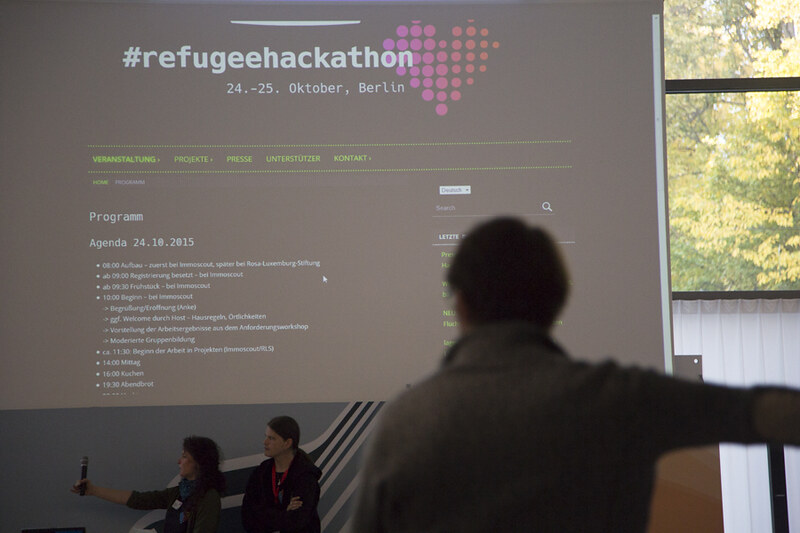Refugee Education: A Catalyst for Development
 In a world marked by record levels of displacement, refugee education has emerged not only as a moral imperative but as a cornerstone of sustainable development and global stability. More than 114 million people have been forcibly displaced worldwide, including 14.8 million school-aged refugees, half of whom are out of school. The question is no longer whether to educate these children, but how and with what resources. While primary education often garners the spotlight in humanitarian efforts, post-primary education unlocks leadership potential, vocational skills and long-term empowerment. Yet access to secondary and tertiary education remains tragically limited for refugees.
In a world marked by record levels of displacement, refugee education has emerged not only as a moral imperative but as a cornerstone of sustainable development and global stability. More than 114 million people have been forcibly displaced worldwide, including 14.8 million school-aged refugees, half of whom are out of school. The question is no longer whether to educate these children, but how and with what resources. While primary education often garners the spotlight in humanitarian efforts, post-primary education unlocks leadership potential, vocational skills and long-term empowerment. Yet access to secondary and tertiary education remains tragically limited for refugees.
According to the UNHCR 2024 Education Report, just 42% of refugee children make it to secondary school, compared to a global average of 77%. This number decreases even more dramatically in tertiary education, falling to 7% compared with a 42% global average. This disparity reflects a broader failure to provide refugee youth with the tools to rebuild their lives and contribute meaningfully to society. However, it also presents a transformative opportunity: to reposition refugee education as a catalyst, not a cost, for development.
Secondary Education: A Critical Gap
Primary school enrollment for refugees has made modest gains in recent years. About 65% of refugee children attend primary school, according to the UNHCR’s 2024 Education Report. However, the transition to secondary school remains a significant challenge. Several key barriers block access:
- Financial constraints, including tuition and ancillary costs.
- Legal and documentation issues.
- Language and curriculum barriers.
- Gender-based obstacles, such as early marriage or caregiving roles.
- Discrimination within host communities.
Financial challenges are particularly stark. Educating a refugee secondary student costs about 30% more than educating a national student. In low-income countries, the annual cost for a national student averages $181, compared to $244 for a refugee. Despite the higher costs, international funding models rarely account for this disparity. Refugee education remains tied to short-term humanitarian frameworks, often leaving adolescents stranded between basic literacy and real opportunity.
Higher Education: Breaking New Ground
If secondary education is the missing middle, higher education is the next frontier for refugee inclusion. In a webinar hosted by the University of Winchester, Daniel Mutanda, an academic and advocate for sanctuary initiatives, emphasized that access to higher education often depends on circumstances beyond refugees’ control. “in many places, too many places, restrictive regulations and limited resources prevent individuals from pursuing their educational aspirations, making access to higher education a matter of geographic luck rather than a guaranteed right,” Mutanda said.
Barriers include being categorized as international students, which makes tuition unaffordable and excludes them from public financial aid. Legal status also determines access to education and future stability.
Mutanda introduced the concept of the “higher education border,” a powerful framework that highlights how multiple layers of exclusion operate: from lack of recognized qualifications and language proficiency to bureaucratic barriers and systemic discrimination.
“for those seeking sanctuary, what would be a or what could be a smooth transition in their journey is riddled with complex barriers. So often, the experience people have is hope and ambition quickly turning into feelings of helplessness and despair,” he said, describing the experience of refugee youth denied access. “So common advice that we’ve heard, I’ve heard is just to wait until your immigration status changes, which effectively puts people’s lives on hold.”
Refugee-led advocacy movements are now shaping the future of higher education. Former Sanctuary Scholars are leading initiatives like the Universities of Sanctuary network and organizations such as the Tertiary Refugee Student Network, pushing for systemic reform on local, national and global stages. Their leadership aims to meet a bold target: achieving 15% enrollment of refugee youth in higher education by 2030.
Case Study: UNICEF’s Let Us Learn
Programs like UNICEF’s Let Us Learn offer successful models for scaling refugee education. Operating in Afghanistan, Bangladesh, Liberia, Madagascar and Nepal, the program addresses barriers across early childhood, primary, secondary and vocational education. Accelerated education programs in Bangladesh achieved gains of up to 59 percentage points in core subject tests. In Nepal, more than 89% of girls enrolled in accelerated programs transitioned into formal secondary schools. The program emphasizes access, quality and retention, integrating community engagement, vocational skills training and flexible schooling models to support marginalized adolescents, particularly girls.
Toward a New Paradigm
To unlock the potential of refugees, the current education model must evolve. Key changes include:
- Shift from short-term humanitarian funding to long-term development investment
- Expand support beyond primary education, addressing secondary and tertiary levels
- Institutionalize access rights, not just scholarships, for refugees
- Center refugee voices in designing and evaluating education programs
- Tailor solutions to national and community contexts
Moving Forward
Expanding access to education for displaced youth contributes to long-term resilience, workforce development and social inclusion. Supporting educational pathways, especially beyond the primary level, could enable individuals to participate meaningfully in rebuilding their communities and economies. As Daniel Mutanda said, “[Higher education] really provides an opportunity for them to flourish, whatever discipline they pursue, whatever sort of choice they make in terms of the subject area, it really gives them an opportunity to flourish.”
– Linnéa Matlack
Linnéa is based in Boston, MA, USA and focuses on Good News and Technology for The Borgen Project.
Photo: Flickr
